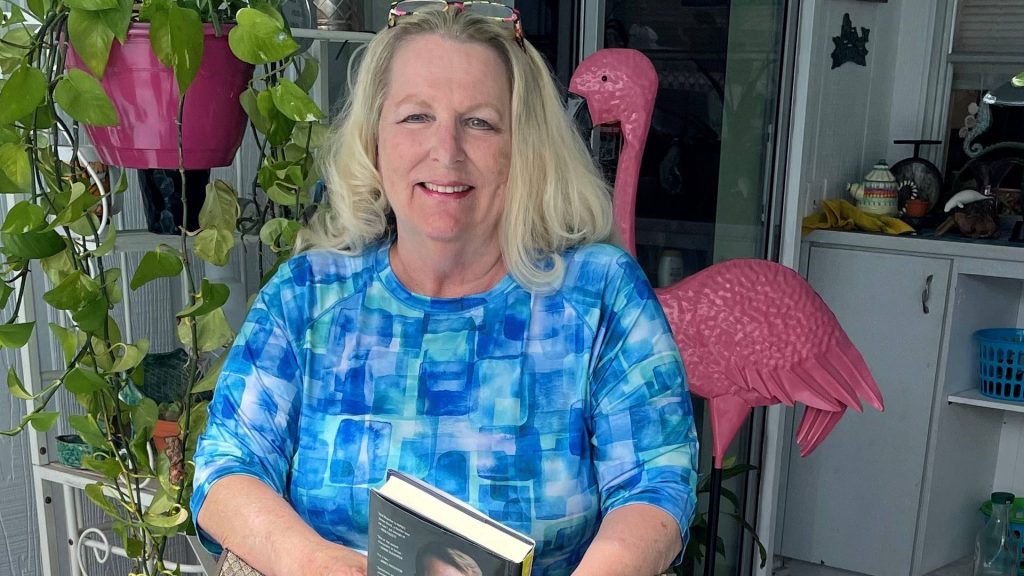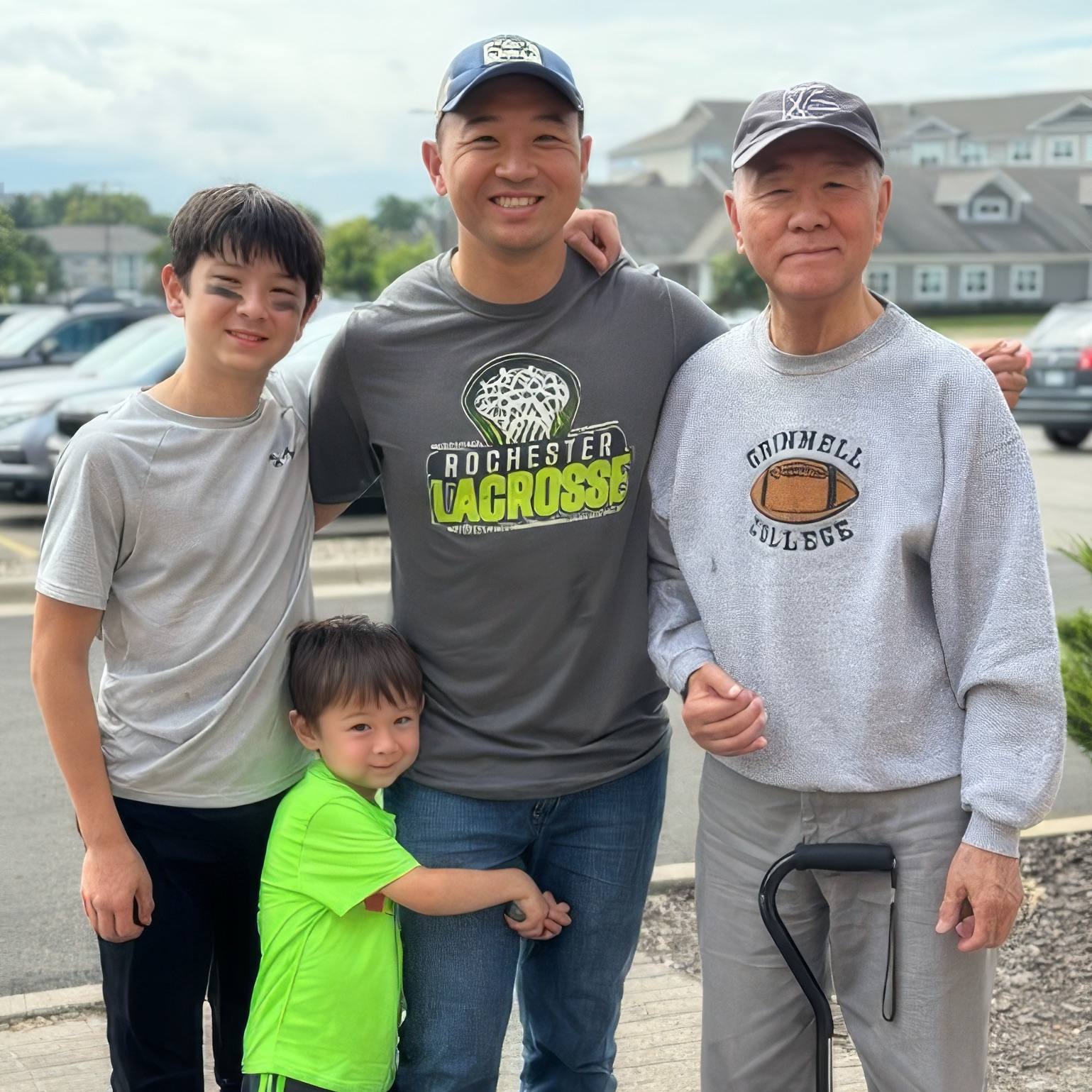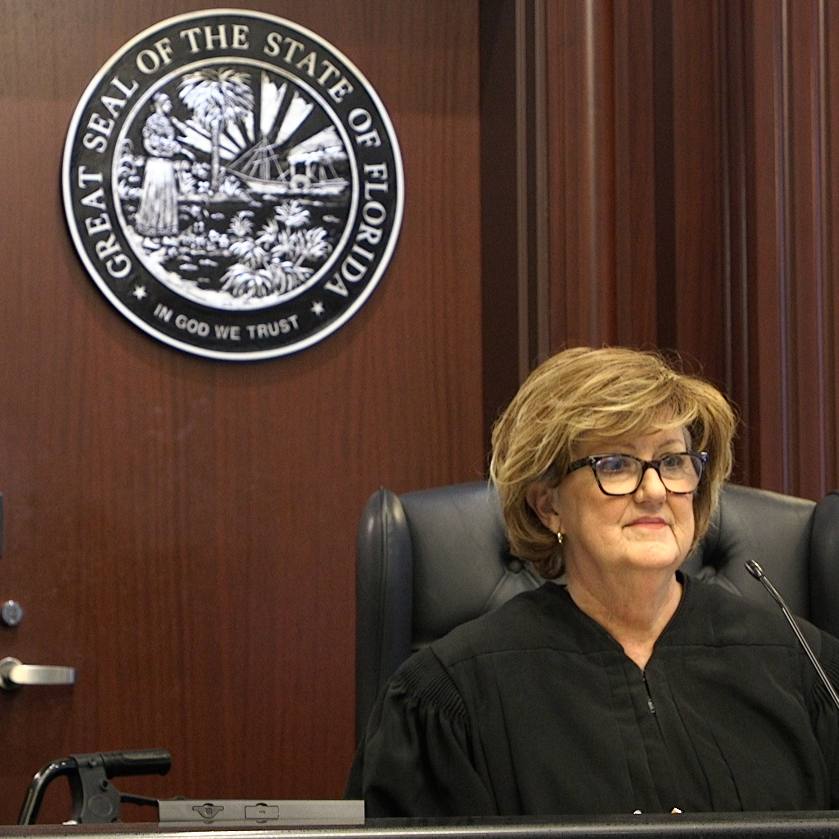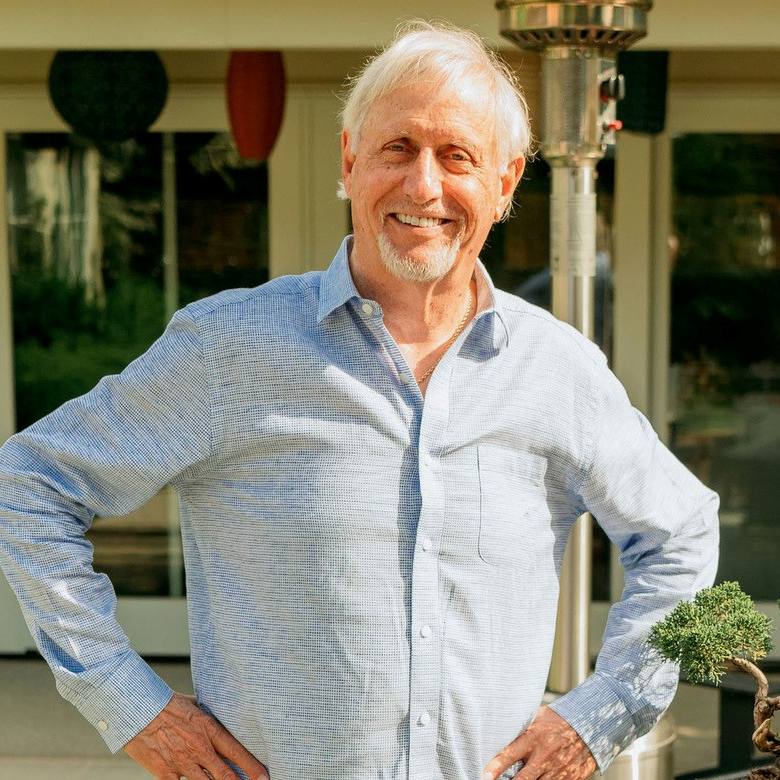-

‘I wouldn’t be here:’ Jacki Crane credits valve procedure with saving her life 

Editor's note: This story was written by Jacki Crane, a Mayo Clinic patient.
In summer 2018, I found myself struggling to breathe. Living in South Florida, this was the height of red tide: a higher-than-normal concentration of algae.
News outlets were reporting that 50,000 pounds of dead fish were washing up on the shores every week near my home. I could not even go from my house to my car and then to work without getting sick from the smell. I felt my lungs tighten up, and I would have to go back inside.
Breathing that toxic air sent me from being moderately bad with emphysema to being in an end-stage. I felt like I was dying.
My primary care physician was shocked when she examined me and could not believe how sick I had become. Tests showed I had 24% lung function, and around Labor Day 2018, I had a heart attack.
How Mayo Clinic came into my life
After improving somewhat from my heart attack, it was time to address my lung. An elongated lower left lung lobe was displacing other organs. I was initially referred to a hospital in Orlando, Florida, for lung volume reduction, but my insurance policy indicated I would need to find another hospital. This is how Mayo Clinic came into my life in December 2018.
I thought I would need a lung transplant, but after tests and imaging, my care team, including Dr. Sebastian Fernandez-Bussy, a Mayo Clinic pulmonary and critical care physician, thought I would be a good candidate for a procedure that at the time had been recently approved by the Food and Drug Administration: endoscopic lung volume reduction.
"With Mrs. Crane's case, several small valves were placed in her lung to block damaged areas," says Dr. Fernandez-Bussy. "So, with time, that part of the lung with the most emphysema will shrink, and that will allow the rest of the lung with less emphysema to have more space to expand and function. And the people will achieve better breathing and a better quality of life."
I was just the second patient at Mayo Clinic in Florida to undergo the procedure, which made me feel a bit like a celebrity. I remember it was shoulder to shoulder with physicians coming to watch and learn. Each person, whether a nurse or in another role, paid close attention to my recovery. I was taking fuller breaths after the first day, and I was walking the halls and gaining strength soon after. If I did not have the procedure, I think I would have died.
I left the hospital in mid-January with my new valves and began rehabilitation. However, setbacks in spring 2019 brought me back to the hospital, and the valves needed to be removed. Over a two-month period, I healed and worked to strengthen my lungs to prepare for a second procedure to have the valves inserted in July 2019.
Living life, breathing better
Since July 2019 and the reinsertion of valves, I have not had a problem, and my quality of life is so much better. I have approximately 40% lung function — nearly double what I had before my new valves. Just knowing I could not walk 2 feet without having to stop and catch my breath to now, where I am able perform tasks around the house and do not need to wear oxygen, is incredible.
It took me a while to get where I am at today: driving, exercising and gardening. I retired from my job, as it was very physical in nature. But I am not limited or limiting myself.
If there is someone in a similar position as I was — struggling to breathe and live life — do your research and talk with your health care team. There were no incisions and no lengthy time under anesthesia. It is far less invasive than the alternatives, including a lung transplant, which, given my health at the start of the process, I am not sure I would have lived through.
I am totally convinced that without this procedure, and the work of my health care team at Mayo Clinic and my support system at home, I would not be here.







